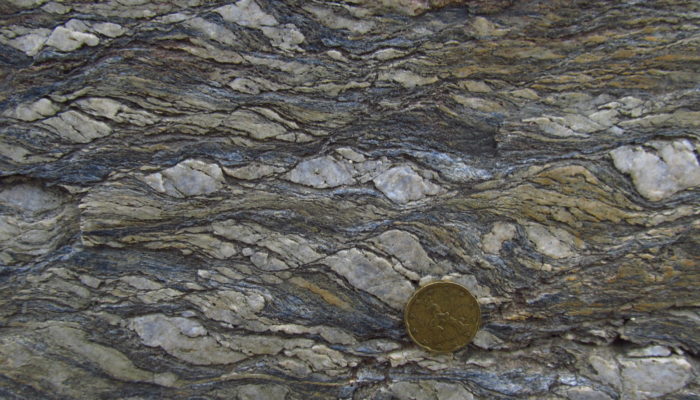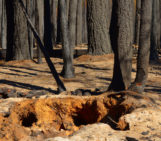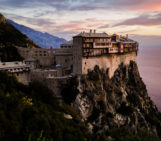
S-C mylonites developed in andalusite-cordierite micaschist (Calamita Schists) in the contact aureole of the Porto Azzurro pluton. The white layers are made of quartz, while the brown layers consist predominantly of white mica and biotite. Top-to-left (East) sense of shear.
Read more:
Papeschi et al (2017). Heterogeneous brittle-ductile deformation at shallow crustal levels under high thermal conditions: The case of a synkinematic contact aureole in the inner northern Apennines, southeastern Elba Island, Italy.
Papeschi et al (2018). Evolution of shear zones through the brittle-ductile transition: The Calamita Schists (Elba Island, Italy).
Photo by Samuele Papeschi, description from imaggeo.egu.eu.
Imaggeo is the EGU’s online open access geosciences image repository. All geoscientists (and others) can submit their photographs and videos to this repository and, since it is open access, these images can be used for free by scientists for their presentations or publications, by educators and the general public, and some images can even be used freely for commercial purposes. Photographers also retain full rights of use, as Imaggeo images are licensed and distributed by the EGU under a Creative Commons licence. Submit your photos at http://imaggeo.egu.eu/upload/.




